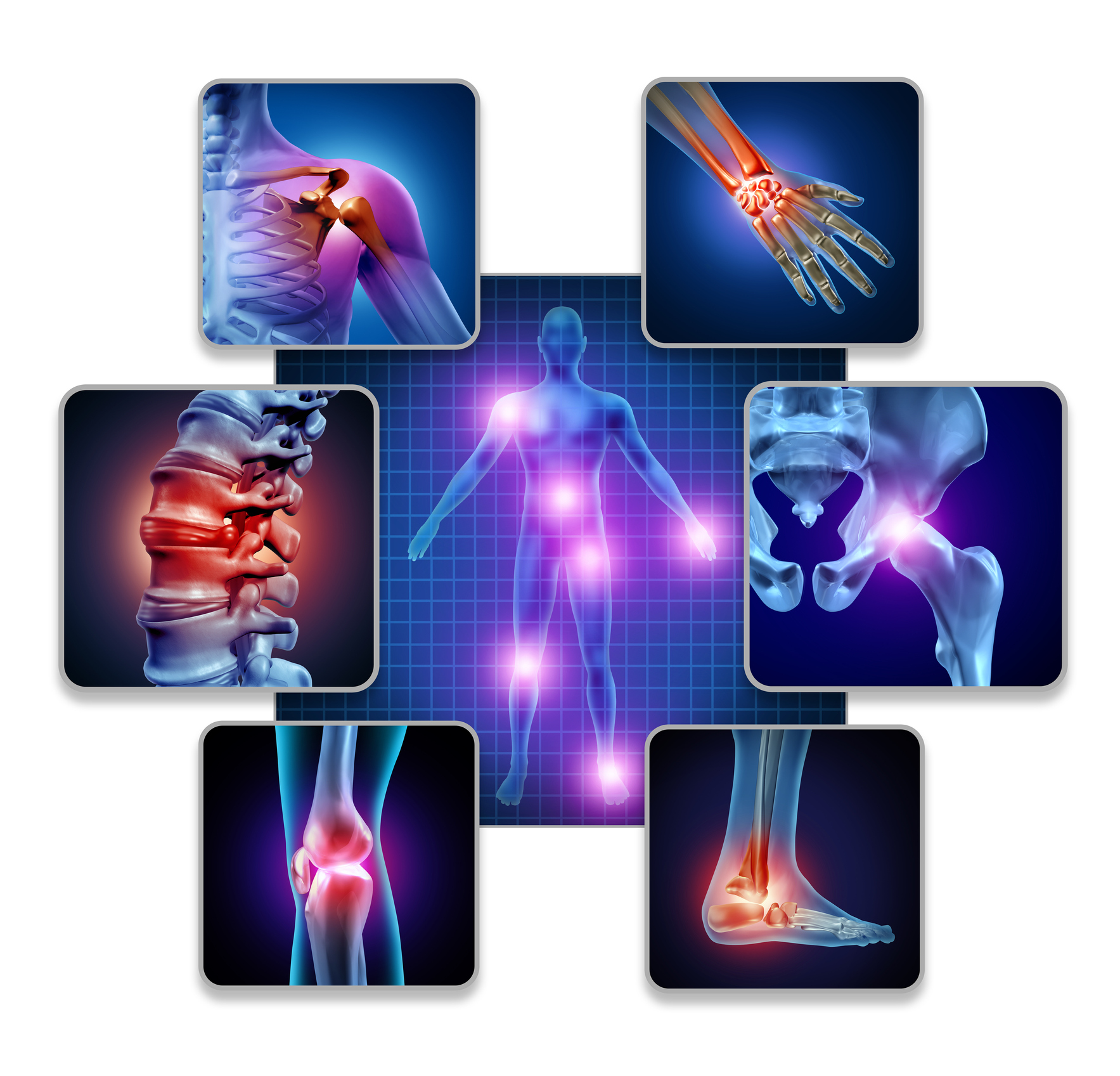As the percentage of overweight individuals in the population rises, diseases associated with excess weight resulting from poor nutrition are becoming more and more widespread. So far, the influence of weight or nutrition on bone health has shown conflicting results. In the literature, the existing studies disagree about the effect of diet on bones. Therefore, this study investigated the impact of a long-term, high-fat, and high-cholesterol diet on the spine in a mouse model. Wild-type mice were randomly separated into two groups; one group received a high-fat and high-cholesterol diet, and a control group was fed with a regular diet since birth for a duration of 8 months. The first to fifth thoracic vertebrae were extracted and investigated using histology and micro-CT. Samples were analyzed regarding different parameters: percentage of bone structure compared to the whole vertebra and the amount and thickness of the trabeculae. Both methods of the analysis showed similar results. Diet did not have a significant impact on the bone density of the vertebrae. The micro-CT examination showed that the average bone percentage of the examined vertebra was 6% (p = 0.2330) higher in the control group compared to the diet group. The same tendency was demonstrated in histology even though with a smaller difference of only 5%. The results of both methods were comparable and showed trends for the influence of different diets but not significant impacts. In summary, this study showed that a high-fat and high-cholesterol diet has a slightly negative impact on bone density. In order to further analyze the effects of different diets on bone composition, structure, and density, additional long-term studies should be carried out, and more parameters such as movement and genetic factors should be analyzed. Furthermore, other parameters such as exercise and genetic factors that could have a secondary influence on obesity should be investigated.Georg Thieme Verlag KG Stuttgart · New York.
Impact of Long-term, High-fat, and High-cholesterol Diet on Murine Vertebrae Bones.


